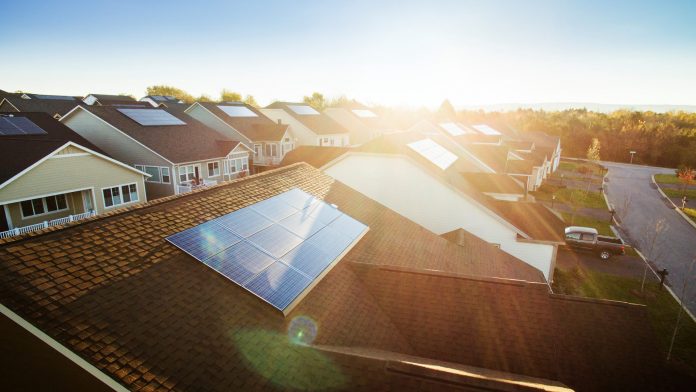
SolarCity has introduced a non-binding letter of intent to produce and manufacture photovoltaic (PV) cells and modules with Japanese multinational Panasonic, beginning 2017. The announcement was posted on Tesla’s news blog earlier this week.
Tesla’s most recent acquisition, SolarCity, a leading name in solar panel production, will provide both companies with their Buffalo, NY factory, currently in construction. The facility will measure approximately one million square feet, or about twenty-two acres, making it one of the largest in the world.
The agreement is contingent, according to the blog post, upon the final approval of the Tesla-SolarCity merger, which means the deal with Panasonic will only occur if both companies complete their original arrangements.

A non-binding letter of intent is what comes before a contract in business arrangements between companies. The letter of intent (or LOI) allows the parties involved to set prices, determine who will handle the financing, set meetings, closing dates, and other requirements before the actual deal takes place.
Panasonic, Tesla, and SolarCity, a photovoltaic powerhouse
This document essentially states that both Tesla and Panasonic have the ‘intention’ to conduct a business arrangement at some point, but are waiting for the conditions to be favorable for both of them (i. e., Tesla needs the purchase of SolarCity to be approved first). This article on non-binding LOI’s contains more details on the subject.
All the photovoltaic (sun-powered) cells and modules produced by Panasonic in Buffalo will work with Tesla’s Powerpack batteries and Powerwall chargers.
Along with SolarCity’s manufacturing facility, Tesla’s goal is “TO BRING AN INTEGRATED SUSTAINABLE ENERGY SOLUTION TO RESIDENTIAL, COMMERCIAL, AND GRID-SCALE CUSTOMERS,” states the company’s motto.
J. B. Straubel, Chief Technical Officer (CTO) and co-founder of Tesla, stated the company’s excitement to partner with Panasonic for a three-piece effort to speed up production of highly efficient, reliable, and affordable solar products.
Shuuji Okayama, VP of Panasonic’s Eco Solutions (their environmentally-friendly branch), added that their solar cells and modules are currently industry leaders in performance, quality, and reliability. He expects that this future agreement will help both companies thrive.

How long until Tesla and SolarCity finally merge?
An October 12 update on the ongoing purchase, also published via the Tesla blog, stated that November 17, 2016, is the agreed-upon date for final negotiations and voting between shareholders. After this meeting, Tesla will officially own SolarCity.
The article also remarked that Tesla would make some important announcements later this month, starting with the unveiling of a new series of solar panels on October 28.
Source: Tesla blog










